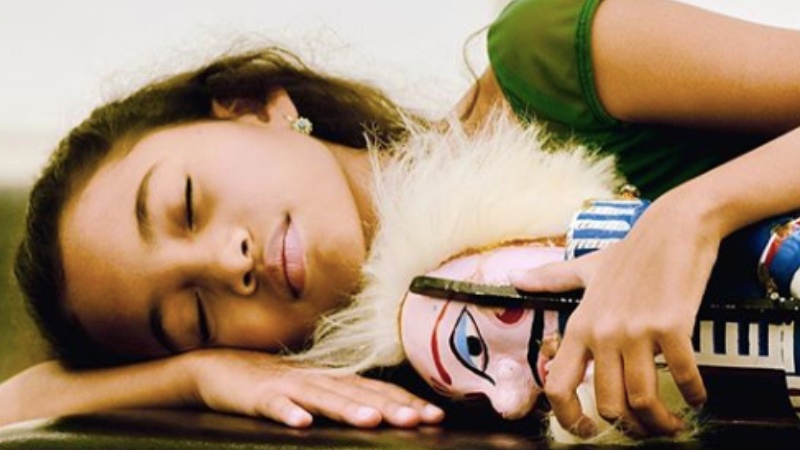For the first time in the company’s history, the New York City Ballet has cast a Black girl to play the lead role of Marie in the Nutcracker.
Eleven-year-old Charlotte Nebres will be one of four ballerinas dancing the lead, reports. Since the ballet’s opening in 1954, a Black person has never danced the role. Nebres, who is a student at the School of American Ballet, is Trinidadian-Phillipino.
When asked by the New York Times why ballet is important to her, Nebres said dancing makes her feel empowered.
"To me, it just feels like when I dance I feel free and I feel empowered. I feel like I can do anything when I dance. It makes me happy, and I’m going to do what makes me happy. You don’t need to think about anything else."
The young ballerina also said she has been inspired by Misty Copeland, who in 2015 famously became the first Black female principal dancer for the American Ballet Theater in the company’s 75 years.
“I saw her perform, and she was just so inspiring and so beautiful,” said Nebres. “She was representing me and all the people like me.”
When Danielle Nebres, Charlotte’s mom, learned of her daughter’s casting, she thought of the bigger picture and its importance.
“What does this mean in a larger context? That was just a whole different conversation than that initial, oh my gosh, you’re going to do this thing,” said Ms. Nebres.
When her mom informed her of her own boundary-breaking role, Nebres had a simple, yet striking response.
“Wow, that seems a little late,” she told her mom.
The production has also cast other performers of varying ethnicities, with the majority of them being mixed-race. Nebres’ prince, Tanner Quirk is half-Chinese; Nebres’ double, Sophia Thomopoulos, is half-Korean, half-Greek; and Thomopoulos’ prince, Kai Misra-Stone, is half-South Asian.
The more inclusive cast marks a stepping stone in City Ballet’s diversity issue. Since the 1970s, City Ballet has only had one Black dancer at any given time, according to the New York Post. Over the past seven years, the School of American Ballet — which serves as a primary feeder program into the City Ballet — has sent over 62 dancers to become apprentices. Of the 62 students, 21 identify as nonwhite or mixed — of those, 12 identify as Black, four of whom are women.

